Springtime is well underway. It’s the perfect time to plan your landscape design and find the best greenery that best suits your needs. So if you’re looking to green your property fast, then consider these fast-growing trees and shrubs.
Here are the most popular fast-growing trees sold through the Arbor Day Foundation tree nursery.
- North Privet (Ligustrum x ibolium)
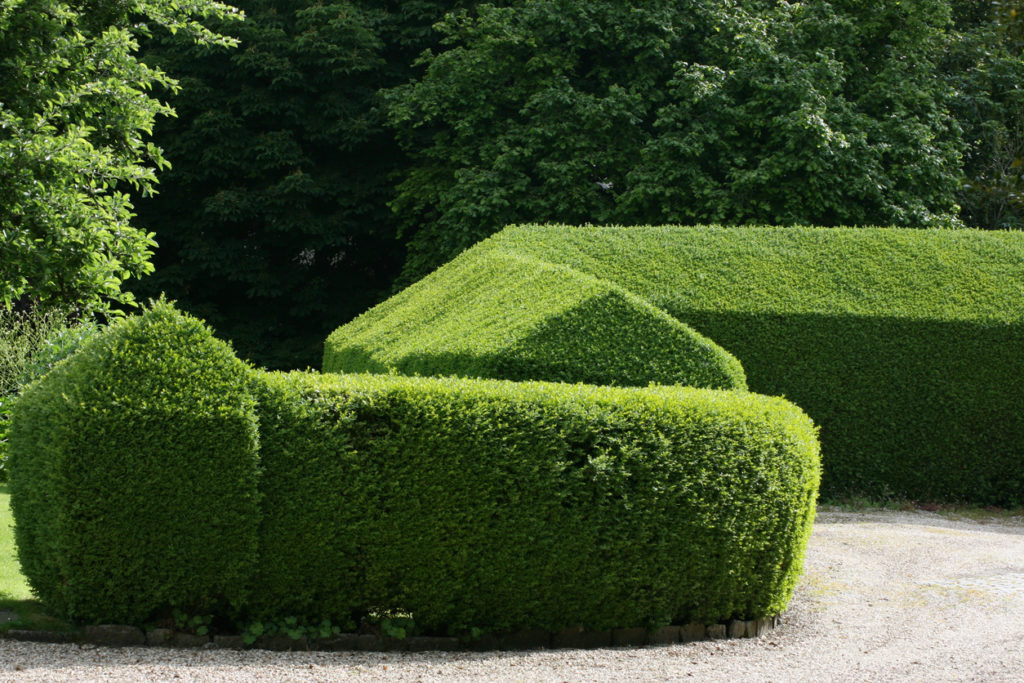
This deciduous or semi-evergreen shrub is America’s fastest-growing hedge, growing up to 3′ per year. The shrub’s dense, dark, glossy green foliage makes it an excellent choice for hedges and privacy screens.
You can shear this privet easily to give it a more formal appearance. Therefore when you grow it as a hedge, shearing it early and often helps to develop thick layers of branches for year-round privacy.
2. Green Giant Arborvitae (Thuja standishii x plicata ‘Green Giant’)
The green giant arborvitae is a large, vigorous, fast-growing evergreen—shooting up by as much as 3′ per year until maturity. Its natural pyramidal to conical form boasts dense, rich green foliage that darkens or bronzes slightly in the winter.
This is an ideal landscape tree for use as a screen, hedge or single specimen. In addition, it’s resistant to wind, once established, and can withstand heavy ice or snow, making it a good choice for a natural windbreak.
3. Hybrid Poplar (Populus deltoides x Populus nigra) Hybrid poplars are the thoroughbreds of the tree world. Their claim to fame is speed, with vertical growth of 5–8′ per year not being uncommon. Easily harvest this cottonless hybrid for firewood in five to seven years, which makes it a sustainable source. It also works well for visual screens and hillside or sand dune stabilization. While nice for quick shade, plant the hybrid poplar tree in landscapes where occasional limb breakage is not a problem.
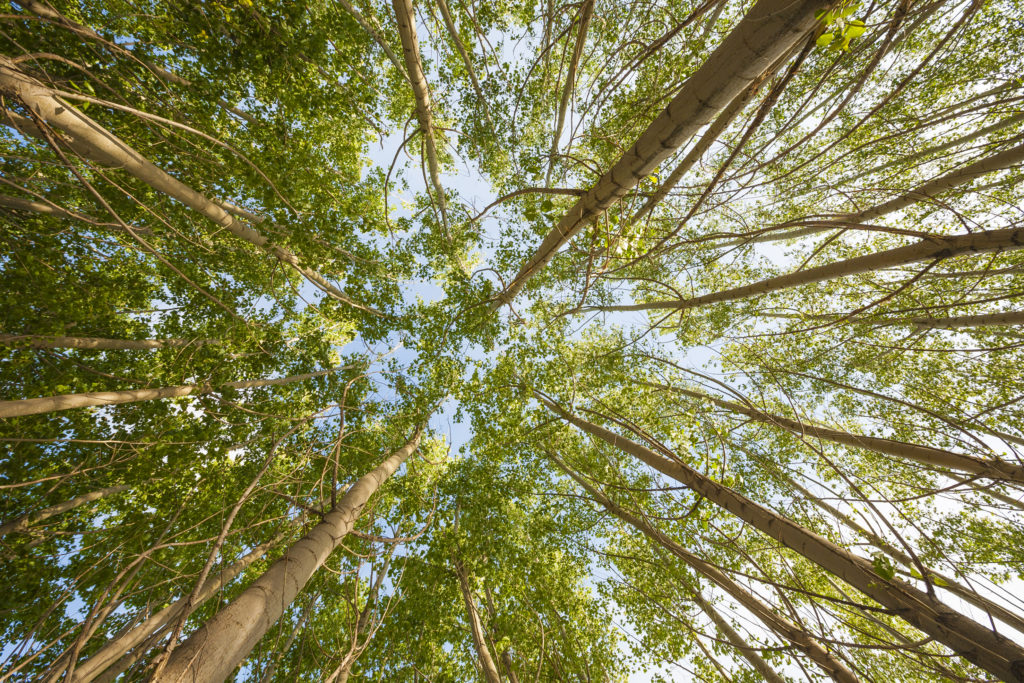
4. Blue Hydrangea (Hydrangea macrophylla ‘Nikko’)

The blue hydrangea is the image most of us conjure up in our heads when we think of hydrangeas in general. It is a timeless landscape plant that everyone favors.
Giant, long-lasting, mophead blooms appear in the summer, adding lovely color to the landscape. These shrubs work well as stand-alone specimens or as a hedge.
5. Norway Spruce (Picea abies)
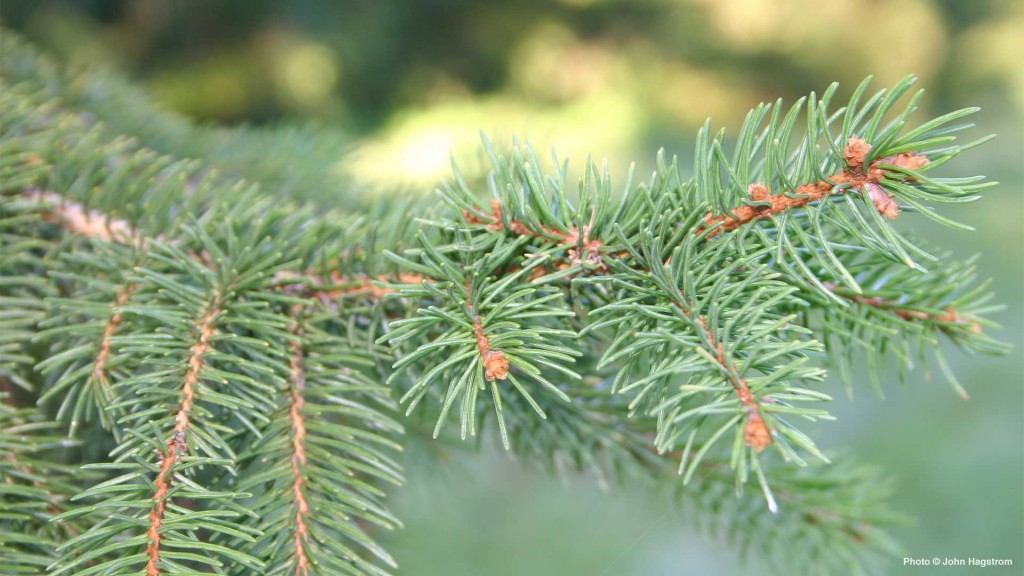
Norway spruce is a familiar sight in much of the United States, even though the tree is native to Europe. Throughout the globe, this tree has many uses including lumber, pulpwood, Christmas trees and landscape specimen trees. Its dense branching pattern and tolerance of soil variations have made it a popular tree for windbreaks.
If you have enough space and want to add a sense of formal dignity to your landscape, the Norway spruce will suit you well.
Check out DIY: A Beginner’s Guide to Landscaping.
6. Loblolly Pine (Pinus taeda)

The loblolly pine is an important American timber tree, cloaked in beauty during much of the year. With a natural range reaching across the southeastern United States, this pine is distinguished by its large, columnar trunk; attractive bark in broad, reddish-brown plates; and its pale green needles.
As one of the fastest growing southern pines, it is used for a quick screen in many landscapes.
7. Weeping Willow (Salix babylonica)
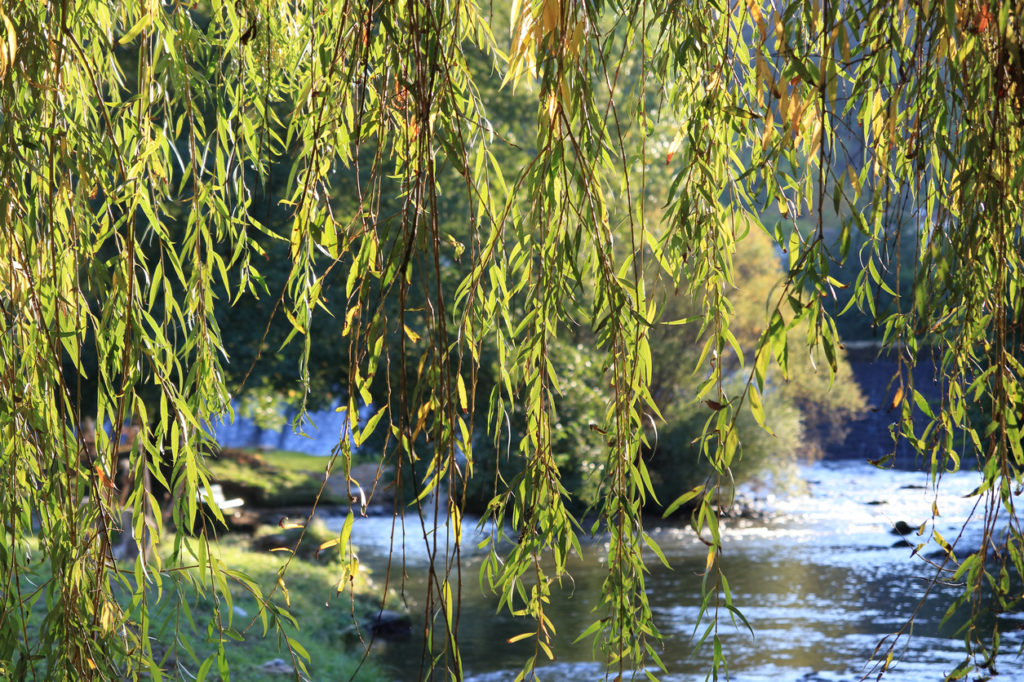
This graceful giant is known for its open crown of wispy, ground-sweeping branches and long, slender leaves. Often seen as one of the first indications of spring, the weeping willow’s yellow twigs and green foliage appear early in the season—sometimes as early as February.
The tree is easy to grow and quick to take root, reaching heights between 30′ and 40′ and nearly the same in width. It lends itself well to planting singly or in small groves near the edge of ponds, lakes and rivers.
8. Leyland Cypress (x Cupressocyparis leylandii)

Noted for its rapid growth and slender shape, the Leyland cypress has found wide popularity over a large range of the United States. It grows well in a wide variety of soil and climate conditions and makes an excellent wind break as it provides a dense barrier with good color all 12 months of the year.
This sterile hybrid is produced in great numbers for use in Christmas tree plantations, in windbreaks and along boundary lines. It beautifies the landscape around homes, across campuses and in parks.
9. Tuliptree (Liriodendron tulipifera)
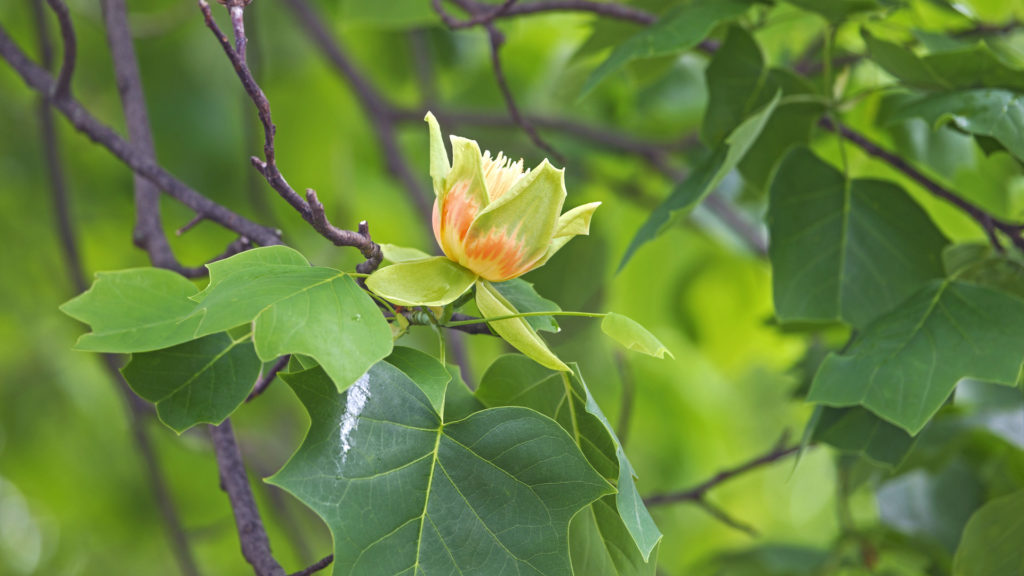
One can argue about whether the “tulips” are the outline of its leaves or its cup-shaped flowers. But both undoubtedly contributed to the fanciful name given to this tree by early settlers. And the tuliptree is still beloved for its beauty today, serving as the state tree of Kentucky, Indiana and Tennessee. It is the tallest of the eastern hardwoods—and a rapid grower when conditions are right.
If you’re looking for a stunning tree that grows quickly and doesn’t suffer from many pest problems, your search is over.
10. Red Delicious Apple (Malus domestica ‘Red Delicious’)
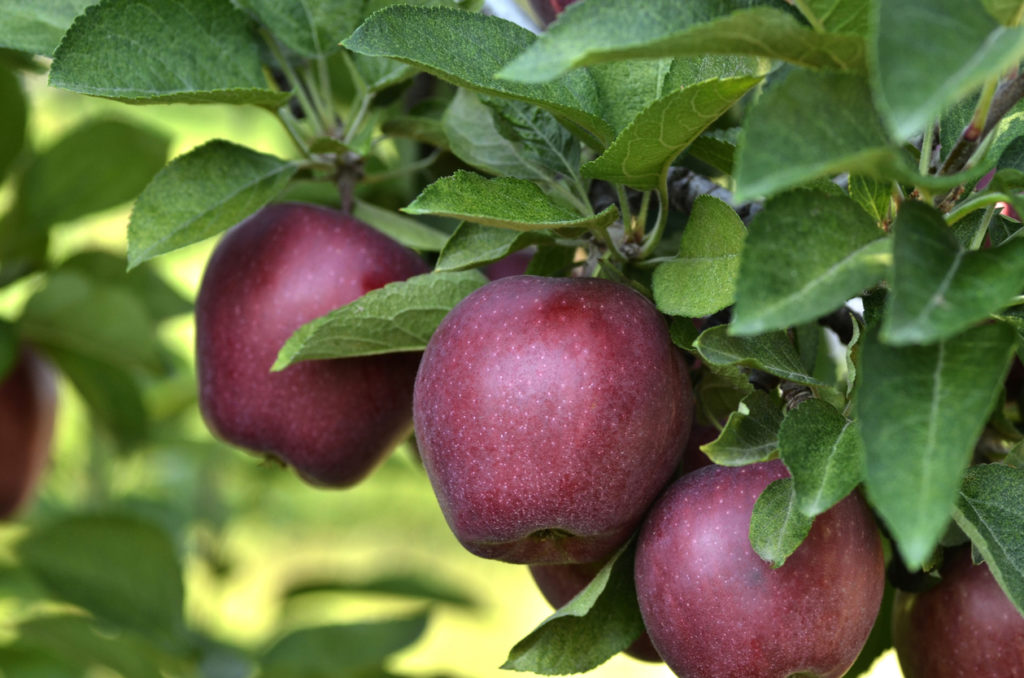
Of the more than 2,500 different cultivated varieties of apple trees in North America today, the most famous and widely planted is the red delicious. Perhaps because of its mild flavor. Possibly because of the long storage life. Or maybe because the name is so appealing.
Legend states that the red delicious apple was named when its discoverer in Iowa sent samples to a commercial nursery in 1892. The nursery owner tasted one of the apples and exclaimed, “Delicious!”

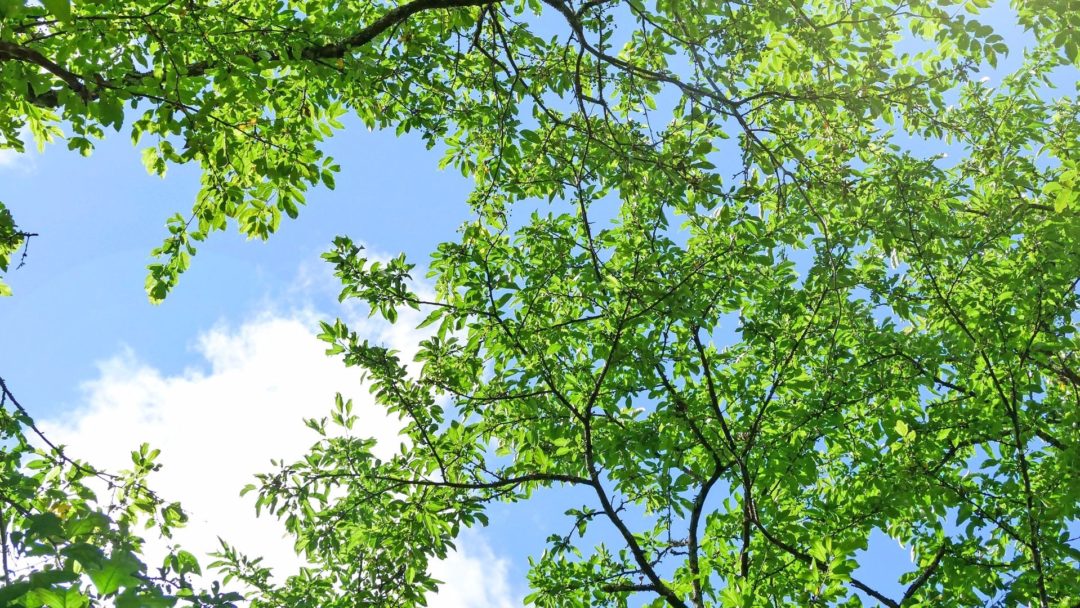
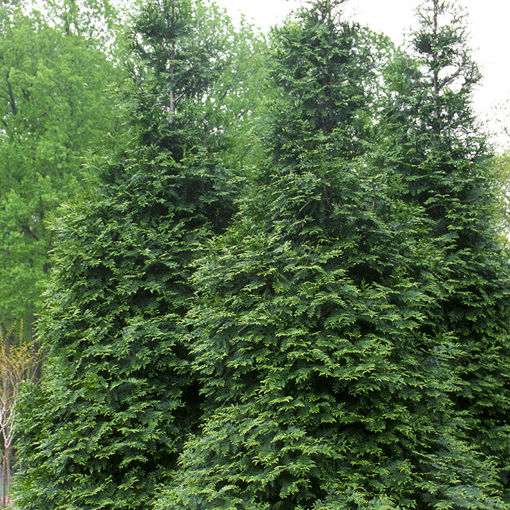
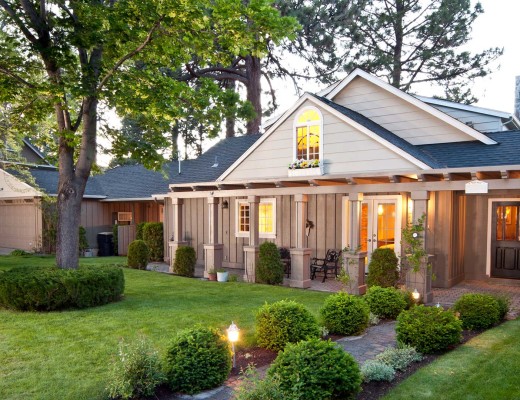
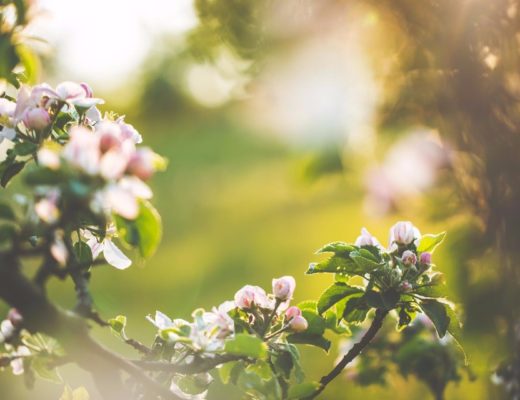
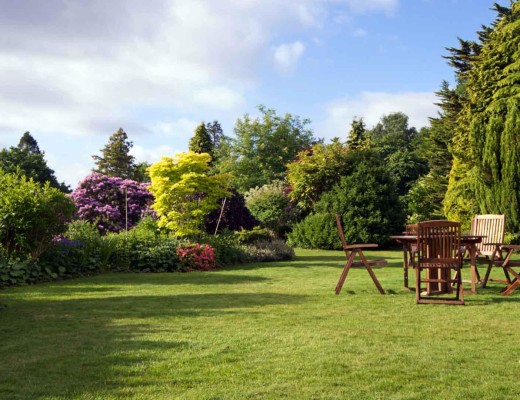
Where can I buy some Kudzu?
buy it!!!!come to Ga we will give you all you want cant get rid of the stuff
I’m appalled you would ask that question considering the devastating impact this vine has had on the south. It grows at express speed, smothers and kills native vegetation and is almost unstoppable; in other words it’s a monster!! Just take a drive through any Deep South state to see the evidence for yourself. Please be responsible and consider using another vine.
Sandra, @Jeff was obviously making a joke after the long paragraph by Christine Hutfles going through the dangers of invasive plants. It was a lighthearted tease to which @Betty jokingly responded back. Best wishes.
Then come to Florida for mine. I’ll “💰” you to to take it 😂. Too bad I know you’re just kidding 😇
We don’t carry kudzu. Visit the tree nursery to find something similar. https://shop.arborday.org/content.aspx?page=tree-nursery
anybody have some honeysuckle… thinking about introducing it to my local forests here in the midwest….
All of these are great options!! Thujas and leylands are our favorites for their SUPER fast growing nature! Thanks
I live in East Tn . What evergreen grows the fastest and is best for property lines. The Leyland cypress or the giant aborvitae
Hi Chad,
Check out the Best Tree Finder tool on arborday.org that will help you find the best trees for your zone.
We recently lost all of our blue spruce to gypsy moths ..well their caterpillars.. We were heartbroken we lost 10 trees that were planted when my husband was a baby, 50 years ago..
When we contacted MSU they recommended getting as many off the trees as we could or we could spray a really strong pesticide..we couldn’t do that with our animals out there..everything we tried did nothing. There were literally thousands of worms you could go outdoors and listen and it sounded like it was raining. It was their feces dropping and the chewing of the worms .. If you notice any moths by your trees act quickly. We were so occupied with our daughter being in the hospital we didn’t catch it quick enough..
Oh no, that is so tragic.
You are awesome
Hi there Rosemary,
Research is very important. I agree. However, research regardless of one’s personal perspective, is not limited to other’s views. While some privet is invasive in your area/experience, it is not so in all areas, nor with all cultivars. Where I live there are many plants that thrive that would not in your climate. The principal is the same with inasives. After many, many years in this I, I have learned that a high handed attitude is only an invitation to deeper learning. Maybe, for you too. ?
I live in SE Michigan and will be cutting down the Austrian Pines that have died. These were used for privacy as I have a large yard and these were surrounding the yard (About 17 of these) and the south facing yard gets sun most of the day. Do you have a recommendation to replace these trees? Ideally I would like it to be durable and provide privacy, without much maintenance. I am leaning towards arborvitae or maybe a type of cypress.
Hi Mark,
Sorry to hear about the Austrian pines that didn’t make it. There are a number of great evergreens that work well as a privacy fence. Check out the Tree Wizard to see which ones will thrive in your area.
I am looking to buy a variety of trees both evergreen and deciduous for my community in response to the Amazon fires. I will be purchasing them with my own money and asking residents to plant them. Is there a cheap place where I can purchase them wholesale or get donations for them?
Hi Mary,
What you are doing is admirable and we applaud your effort to green your community. We encourage you to shop locally and see if you can purchase wholesale. You can also buy bulk seedlings through the Arbor Day Foundation tree nursery.
We live on the Eastern Shore of Nova Scotia, Canada. During the Hurricane Dorion, one month ago, we were hit pretty hard in terms of trees. We have three acres on a small Island of less then 100 population year round, more in the summertime. We have lost a number of trees that were pulled out by the roots, some broke and are being held up by others that were not affected. These are mostly Spruce, Fir and a lot of alders, my question is what do we plant that will grow quickly we are concerned about erosion of the Island? Thank you!
Privet is a noxious weed in Australia.